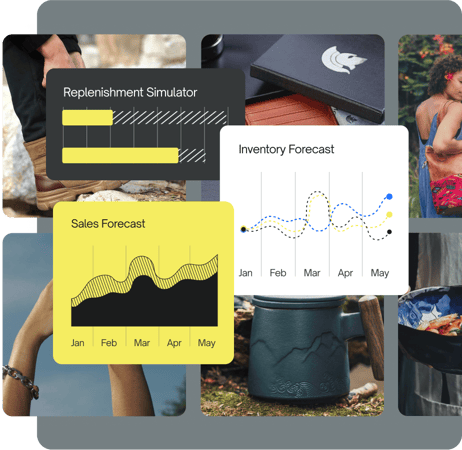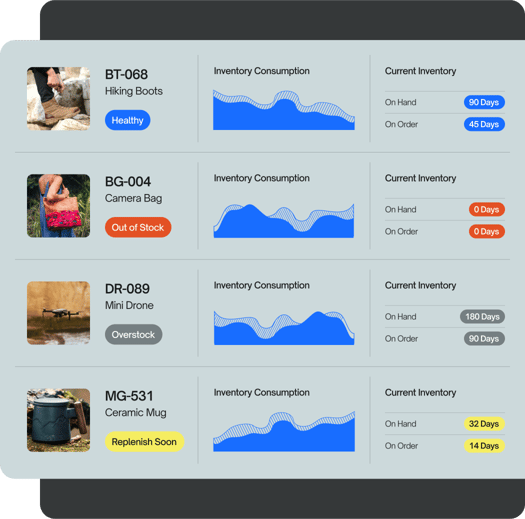Flieber vs. Netsuite
Flieber is an AI-powered demand planning and forecasting platform made for multichannel commerce. It connects directly to tools like Amazon, Shopify, and your WMS, delivering fast, accurate forecasts without long onboarding or heavy ERP-style setup.
NetSuite is a legacy ERP built to track the past, not plan the future. Its forecasting is rigid and accounting-driven, lacking the speed, intelligence, and usability operators need to make smart decisions across fast-moving channels.

Empowering forward-thinking operators, not limiting them to the past
Flieber is made for operators who need to act quickly and confidently about future inventory decisions. Its forecasting tools are dynamic, scenario-ready, and designed to drive real planning across sales channels.
NetSuite was designed around accounting processes and control, not for operators making real-time decisions. Its forecasting tools reflect that DNA, offering static projections that lack the flexibility needed for fast, forward-looking commerce demand planning.

Designed for multichannel brands, not ERP templates
Flieber supports Amazon, Shopify, Walmart, wholesale, and more, using forecasting logic tailored to how modern commerce actually works.
NetSuite’s forecasting assumes a traditional ERP module, and then forces brands to pay up for heavy custom workarounds just to manage bundles, channels, or fast-moving inventory.
Fast to launch, easy to use, and more intelligent
Flieber delivers accurate AI-powered forecasts through a clean, intuitive UI made for operators. It’s up and running in hours, with no consultants required.
NetSuite requires months of setup, costly implementation, just to start. You’ll also need ongoing third-party ERP support, which creates delays, and adds complexities that slow operators down.

Compare features
| Feature | Flieber | Netsuite |
|---|---|---|
| Compatible with modern AI technologies |
|
|
| Highly accurate, AI transformer forecasting model |
|
|
| Fast setup (in hours, instead of weeks) |
|
|
| Flexible configuration to cover most use cases |
|
|
| Modern, intuitive user interface designed for operators |
|
|
| Independent platform with various weekly releases, fast iterations and dedicated support |
|
|
| Integrates with any tech stack, through either native or assisted integrations |
|
|

